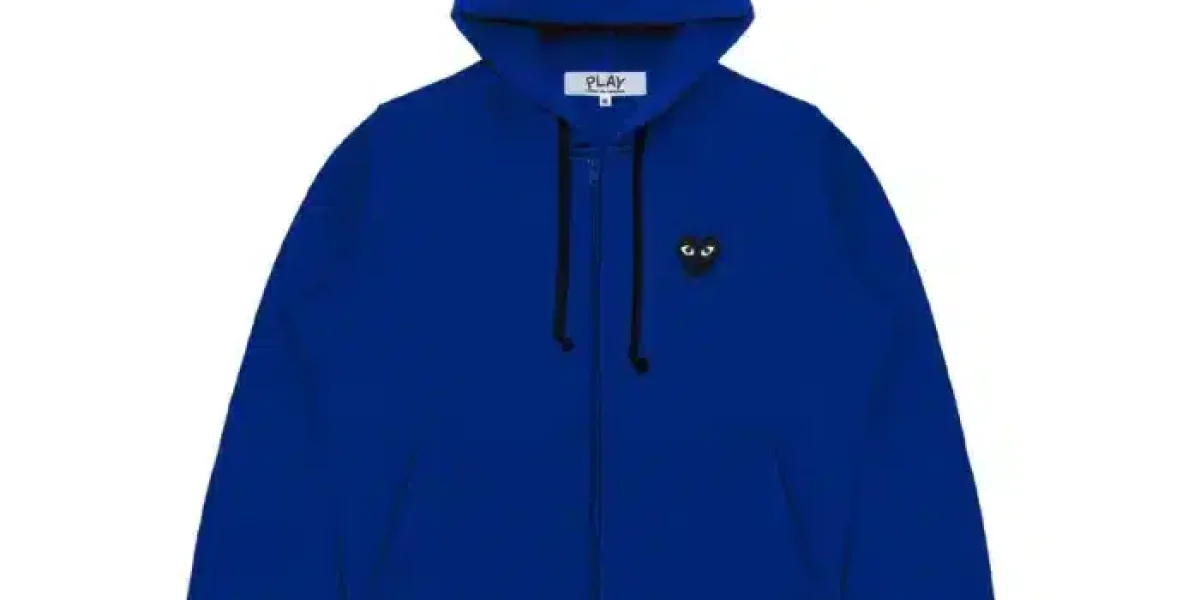Rei Kawakubo, a former fine arts and literature student with no formal fashion training, founded Comme des Garcons in Tokyo in 1969. The brand emerged during Japan’s post-war cultural renaissance, a period marked by:
- Economic Surge: Japan’s rapid industrialization and global economic influence.
- Artistic Rebellion: The Mono-ha art movement, which rejected Western modernism in favor of raw materials and spatial relationships.
- Gender Shifts: Women entering corporate Japan, sparking debates about femininity and power.
Kawakubo’s early work rejected the hyper-feminine silhouettes of 1970s fashion. Instead, she sold handmade garments from a tiny Tokyo studio, favoring monochrome palettes, asymmetry, and androgyny. Her aesthetic echoed the wabi-sabi philosophy—finding beauty in impermanence and imperfection—while critiquing Western ideals of luxury.
The Paris Shock: 1981 “Hiroshima Chic” Collection
Comme des Garçons’ 1981 Paris debut is legendary. Models draped in frayed black garments walked to discordant industrial music, their looks dubbed “post-atomic” by critics. Key elements:
- Color Palette: Predominantly black, charcoal, and oxidized white.
- Fabrics: Crushed gauze, wool felt, and intentionally “poor” textiles.
- Silhouettes: Oversized, asymmetrical, with exposed seams.
Cultural Impact:
- Western critics accused Kawakubo of romanticizing poverty (“Hiroshima chic”).
- Japanese media hailed her as a symbol of post-war resilience.
- The collection redefined “luxury” as intellectual provocation, not opulence.
The CDG Universe: Sub-Labels and Strategic Expansion
Comme des Garçons operates as a constellation of sub-labels, each targeting distinct audiences while maintaining avant-garde cohesion:
- COMME des GARÇONS HOMME (1983):
- Focus: Deconstructed menswear blending tailoring with punk irreverence.
- Iconic Piece: The no-collar blazer, a staple for architects and musicians.
- COMME des GARÇONS PLAY (2002):
- Designer: Junya Watanabe (Kawakubo’s protégé).
- Strategy: Streetwear accessibility with the iconic heart logo by Filip Pagowski.
- Revenue Driver: 300–300–500 polos and sneakers account for ~40% of CDG’s profits.
- BLACK COMME des GARÇONS (2009):
- Aesthetic: Monochromatic, minimalist designs for CDG purists.
- COMME des GARÇONS SHIRT (1988):
- Focus: Wearable avant-garde—striped oxfords with twisted cuts.
- Collaborations:
- Fast Fashion: H&M (2008) sold out globally in hours.
- Luxury: Louis Vuitton (2008 bag collection), Supreme (2012–present).
- Pop Culture: The Beatles (2022 merch), LEGO (2023 “Deconstructed Brick” figurines).
Retail Revolution: Dover Street Market (2004–Present)
Kawakubo redefined luxury retail with Dover Street Market (DSM), a global chain of concept stores.
- Philosophy: “A beautiful chaos” where luxury and underground designers coexist.
- Design: Raw, industrial spaces with rotating art installations.
- Locations: London, Tokyo, New York, Beijing, Los Angeles.
- Cultural Impact:
- DSM became a pilgrimage site for fashion insiders.
- Birthed the “see-now-buy-now” trend via exclusive in-store drops.
The Economics of Anarchy: How CDG Profits from Rebellion
Despite its anti-commercial ethos, Comme des Garçons generates ~$280 million annually. Key strategies:
- Scarcity Marketing:
- Limited-edition drops (e.g., 2023 “Garbage Bag” tote, priced at $670).
- No e-commerce for mainline collections until 2020, preserving exclusivity.
- Fragrance Empire:
- Comme des Garçons Parfums (1994–present) disrupted perfumery with scents like Odeur 53 (metallic, “anti-perfume”) and Concrete (mineral, urban).
- Accounts for ~20% of revenue.
- Art-World Alliances:
- Collaborations with Cindy Sherman, Merce Cunningham, and Gilbert & George legitimize CDG as “wearable art.”
- Licensing:
- Eyewear, accessories, and home goods produced via partnerships (e.g., Gucci for 2017’s “Broken Mirror” collection).
Cultural Legacy: CDG’s Influence on Contemporary Design
Kawakubo’s DNA permeates modern fashion:
- Deconstruction:
- Martin Margiela’s tabi boots and unraveled knits.
- Demna Gvasalia’s Vetements and Balenciaga distressed couture.
- Gender Fluidity:
- Alessandro Michele’s Gucci and Harris Reed’s theatrical androgyny.
- Retail Experience:
- Bottega Veneta’s Salon and Prada’s Hyper Leaves stores mimic DSM’s curated chaos.
Visit:https://comme-des-garcon.com/












